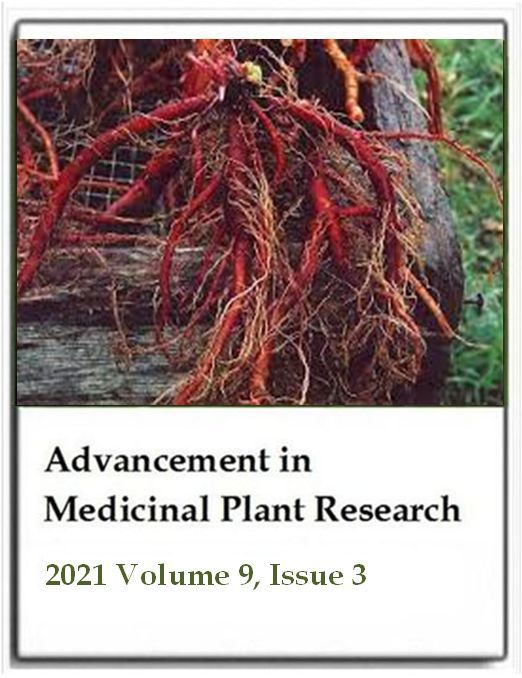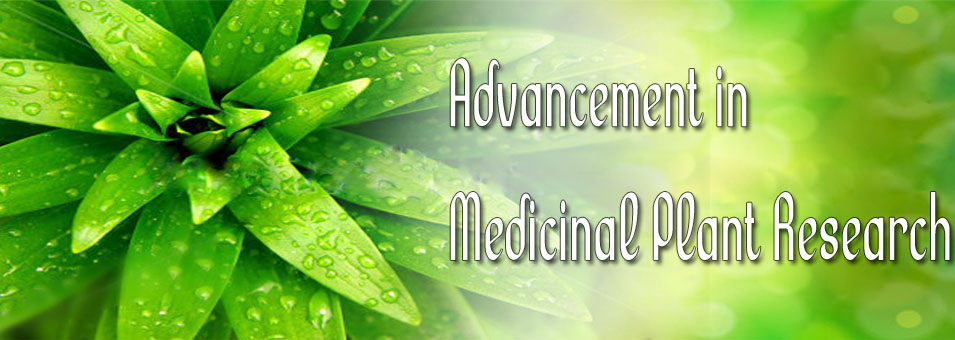Determining the effective compounds of Salvia miltiorrhiza through chromatographic fingerprinting coupled with chemometrics
Yuan-Kai Tu, Jui-Sheng Lai, Bo-Jein Kuo, Ruo-Han Jian and Tsing-Fen HoAdvancement in Medicinal Plant Research
Published: July 23 2021
Volume 9, Issue 3
Pages 48-58
Abstract
Herbs are rich in the active ingredients of drugs for preventing or treating various disorders. However, conventional bioactivity-guided separation is time and labor-intensive and neglects the additive effect of multiple components. These problems hinder the development of new medicines from natural products. This study established a chemometric analysis method that integrates processes based on the spectrum-effect relationship for the rapid identification of the primary active components of a plant. The high-performance liquid chromatography (HPLC) fingerprints of 171 Salvia miltiorrhiza extracts (SMEs) with varied constituent profiles were analyzed. Chemometric analysis was performed to establish an HPLC fingerprint–bioactivity relationship to explore the components of SMEs that contribute to the antioxidant activity and cytotoxicity effect, respectively. The results indicated that the developed strategy can be used to identify components largely contributing to particular bioactivities and re-evaluate the efficacy of previously neglected components. The present study identified not only the primary active components of S. miltiorrhiza but also the optimal ratios of constituents, validating the method for use in the future investigation and development of herbal medicines.
Keywords: Chemometric, herb, antioxidant, cytotoxicity, fingerprint, Salvia miltiorrhiza.
Full Text PDFThis article is published under the terms of the Creative Commons Attribution License 4.0

